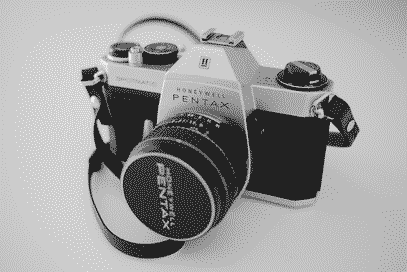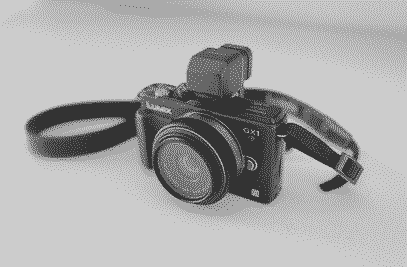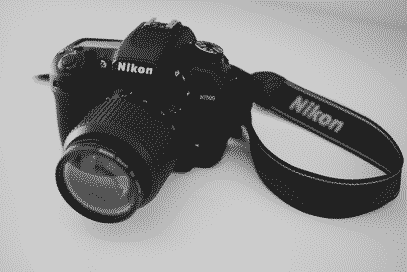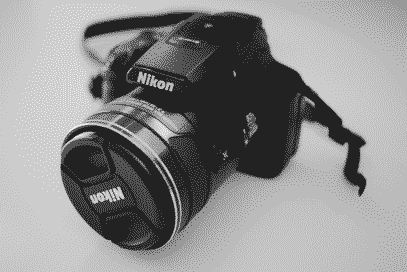Photography Gear
Honeywell Pentax

This is my favorite camera to use, it's completely manual with only a tiny long-lasting watch battery to enable the internal light meter. That said, it's a film camera, which is both costly to buy and process and not environmentally friendly - so I use it sparingly. This is actually the camera my father bought in the 70's to both pursue his new photography interest, and to document his new kid. I borrowed this camera in college and used it frequently, but a few years back he realized that other cameras were more interesting to him, so he gifted it to me permanently.
I don't have a darkroom setup, so when I use this camera I send the film off to be processed. In the past, I also had it scanned, but now that I have a negative scanning rig, I'll probably do the digitizing myself in the future.
Lumix GX1

This is my second favorite camera, and the one I use the most. I almost always use it with this pancake lens, which lets in a lot of light and does wonders for shallow depth of field shots. I use the add-on viewfinder (this is the second version) and it's incredibly helpful to put my whole field of vision into the shot. I can dial in the focus and adjust shutter speed and aperture settings without leaving the view.
Nikon D7500

Originally purchased as a replacement for my partner's DSLR, but she rarely uses it. There is nothing really significant about this DSLR, but it takes decent pictures, and can make use of the Nikon lenses we already have. I've been using it for negative scanning, but it's also a good all-around usage camera to have available.
Nikon COOLPIX P900

This is essentially a point-and-shoot in a DSLR-looking body, but the lens is not replaceable. The lens, though, is the whole point. It's an extreme 83x optical zoom in a compact housing. The whole concept of this camera is to make significant zooming affordable. This camera costs only a fraction of what a professional camera and zoom lens would cost, but it also doesn't provide that level of quality. It's casual-use usable, as it's not the size of a giant zoom lens, and good enough to take compelling (although not professional grade) bird photography. As my family started to get into birding with binoculars, I joined in with this camera and a mono-pod, capturing what we see.